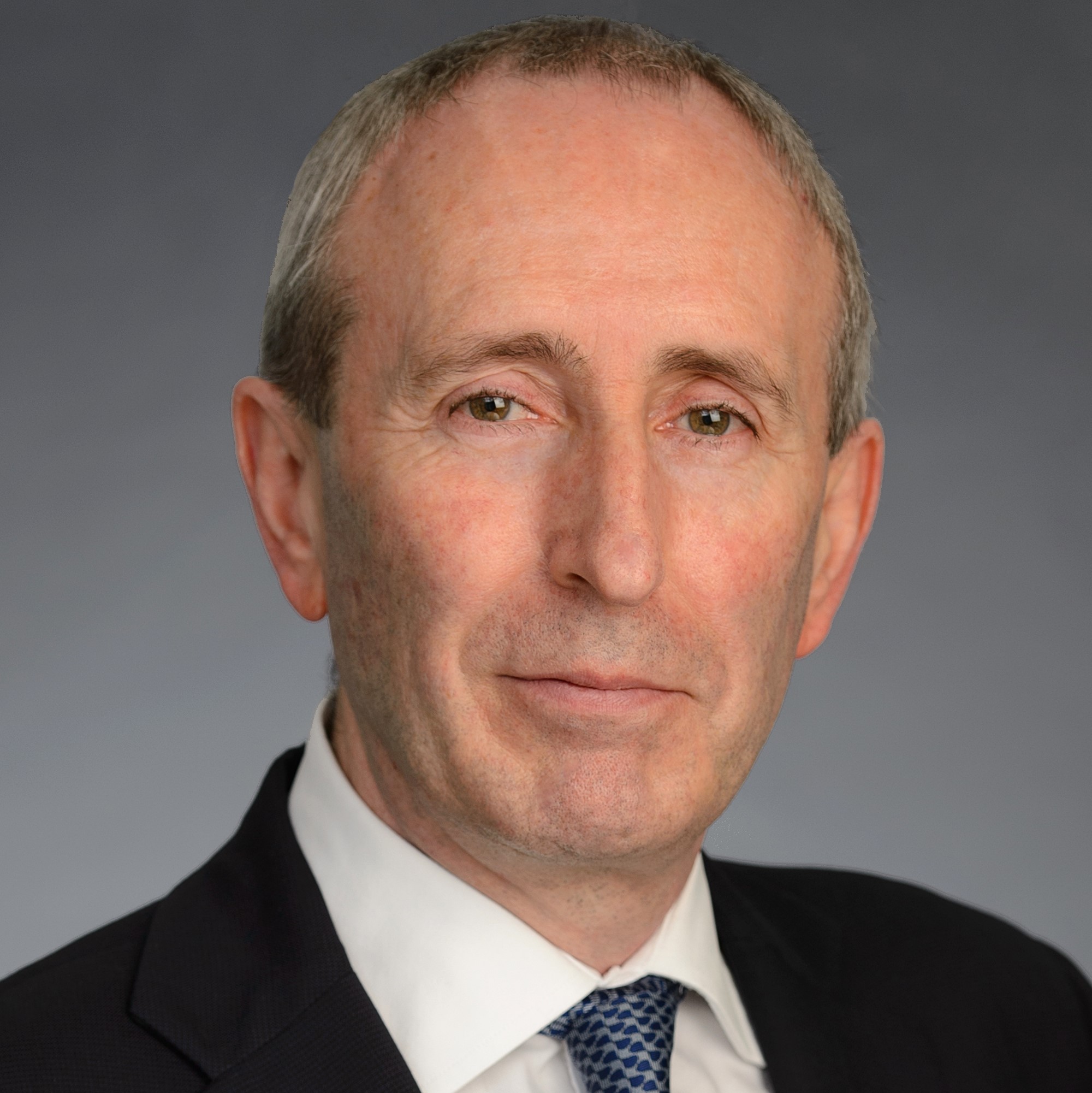Fixed income markets head into 2023 hopeful of a long-awaited shift to a new reality, yet the end of more than a decade of monetary largesse has brought with it substantial risks.
Central banks continue to tighten financial conditions, increasing the risk of an inflation bust across a glut of economies. Even if policymakers are forced to back down by markets and the scale of the prospective slowdown, we believe interest rates will settle far higher than they have been at any point over the past decade.
This should be good for bonds, which have struggled through a decade of zero yields, but there are the first signs of cracks in financial systems in response. UK authorities’ struggle with the fallout of a budget full of unfunded tax giveaways may well prove a model for others. The Federal Reserve in particular is pressing on with tightening that has turned the dollar into a wrecking ball for a growing number of markets. At some stage, the Fed and other central banks may be forced to balance their inflation-fighting mandates with the need for financial stability.
Too much too late
It is clear that developed world central banks began this round of tightening too late and that the outcomes are likely to be painful. Were the US to head into recession next year, credit defaults would rise significantly. So far, the market is yet to reflect these risks, notably in high yield credit. We calculate market implied default rates for the high yield segment at just 2.7 per cent in the US currently - roughly what might be expected in a very shallow recession. By contrast, realised defaults peaked at around 14 per cent during the global financial crisis. Prudent credit selection within high yield is therefore essential.
The interest burden is also likely to be crucial. If high yield is to mean yields of 8-10 per cent in the months and possibly years ahead, then this will alter the outlook for both existing and future borrowers. Adjustments will be required across the curve.
Looking at duration
On the surface, the high risk of a hard landing seems to make US and core Europe duration relatively attractive. We expect policymakers will finally be forced into a long-speculated pivot towards easier policy. The difficulty over the past year has been predicting when that will occur. At the time of writing, the prospect of the Fed pivoting has been pushed out to at least March 2023.
Inflation will likely prove the key to this. Consumer price growth in the US and Europe has remained stubbornly high, but the first falls may allow central banks to shift. In turn that may finally halt the dollar’s gains and allow emerging markets including China to start to grow faster.
For Europe, the shock to energy prices and associated risks have made the economic pain more evident. Markets continue to project rate hikes lasting well into 2023; we reckon the ECB will eventually deviate from this path and avert a deeper recession. In the meantime, investors will need to be highly selective. Credit spreads, both for corporates and for the more stretched government borrowers, have widened significantly, but there may be more to come if soaring energy costs drive Germany into a deep recession.
Elsewhere, emerging markets and Chinese property investments have been among the hardest hit by the dollar’s strength. That points to the potential for a big rally when the greenback finally turns, but it is again perilously difficult picking the right moment.
With that cocktail of risks in mind, as we navigate various stages of the hiking cycle, it is inevitable that some investors will look to shift portfolio asset allocations towards higher quality assets. We can see that flight to quality already in recent demand for cash strategies.
Not priced for a demand shock
The biggest risk for us as investors is that policymakers may have already pushed the system too far. Monetary aggregates are falling at or to levels not seen since the Great Depression and yet central banks are pushing ahead with more tightening. As base effects kick in, we may discover that the inflation of the past 18 months is less sticky than we believed, and that we have negatively shocked domestic demand far more than was necessary. We are not priced for that yet and it could swiftly change market dynamics.
Outlook materials
- Download the PDF of the 2023 Outlook to understand the latest thoughts of our investment teams as they position themselves for the polycrisis (and download the Asia Outlook here).
- Dig deeper into the data that's guiding their thinking: this deck provides context in charts.
- View the investment implications of the 2023 Outlook across different asset classes in this one-page matrix.







































